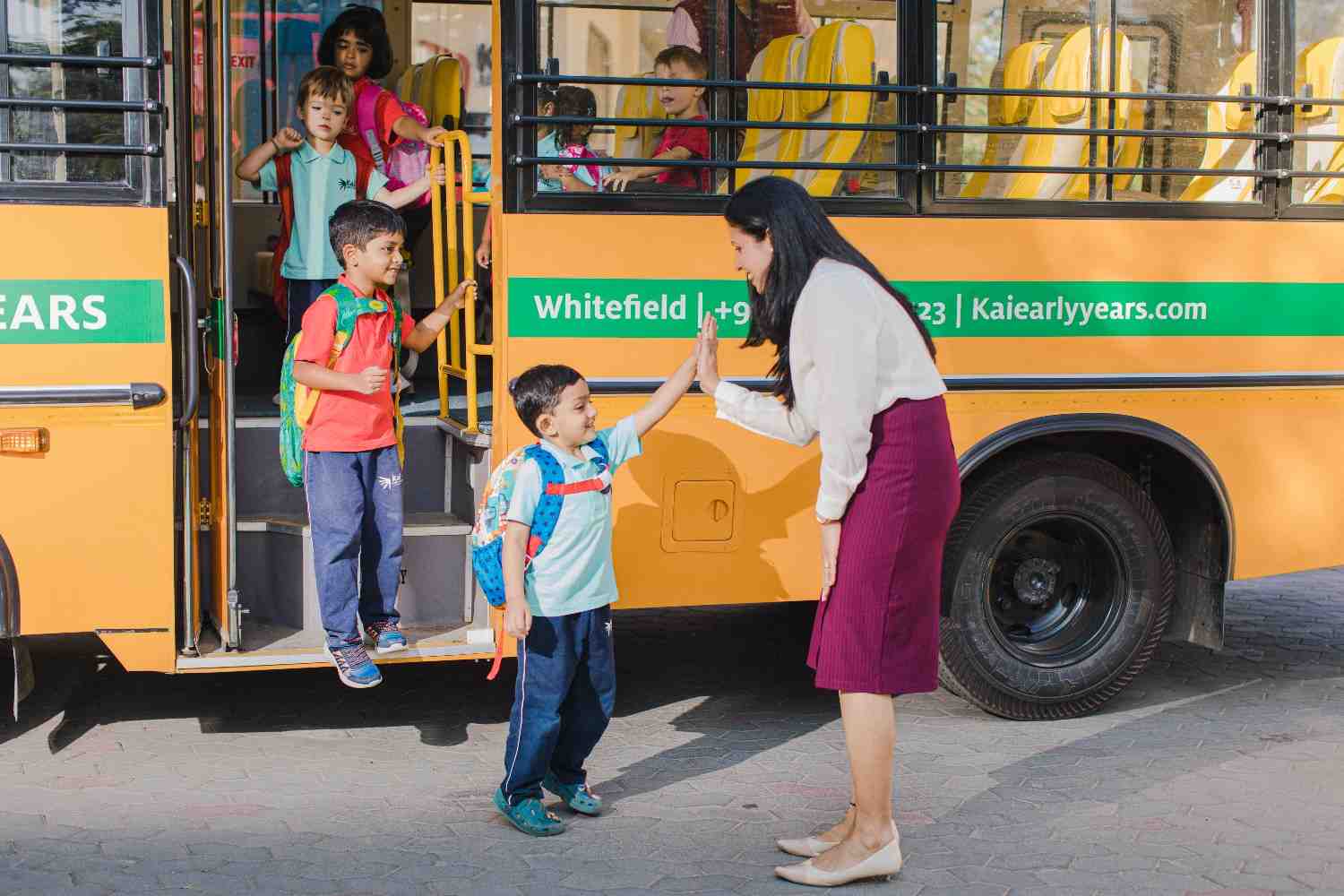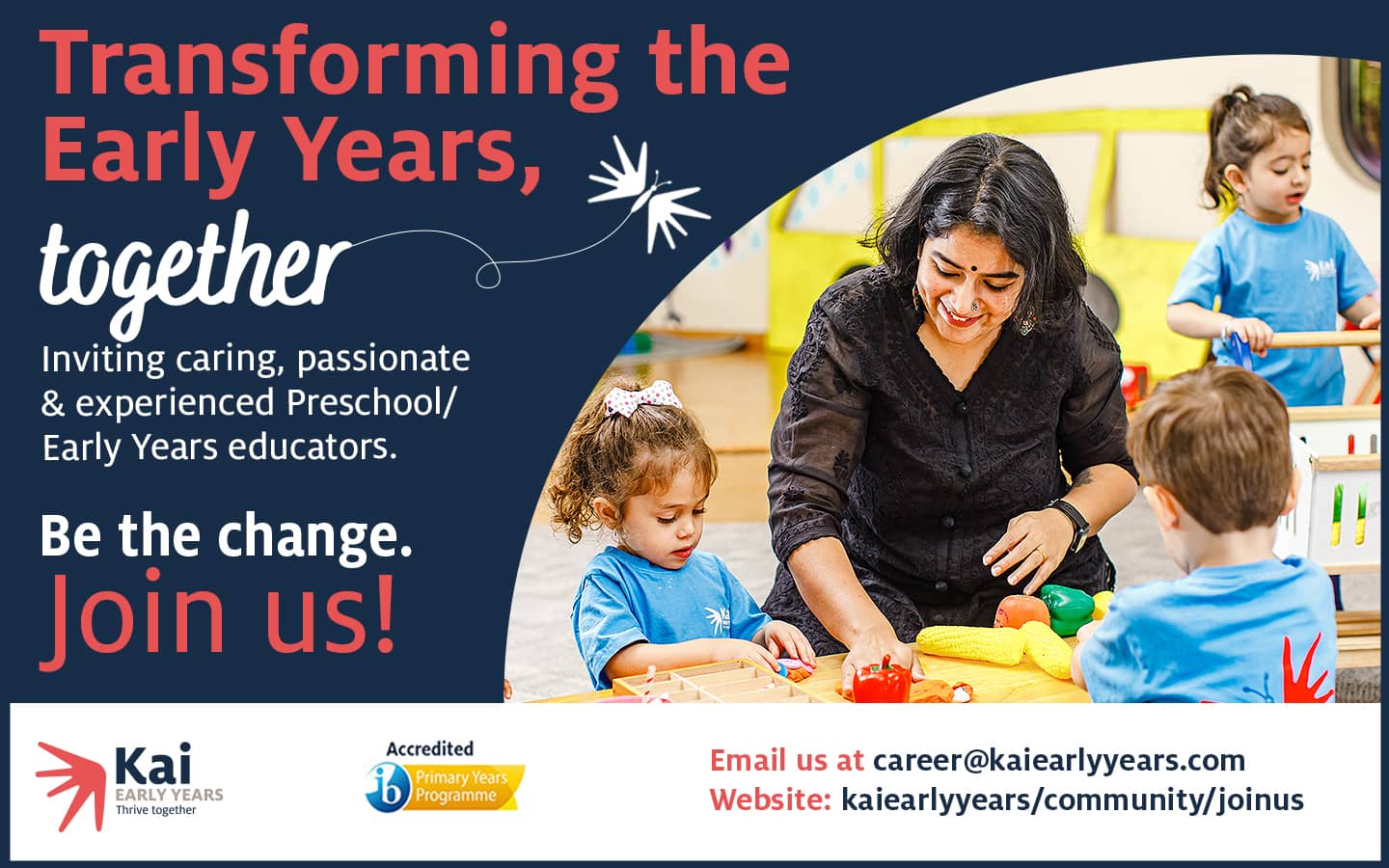Pre-School or Playschool? What’s Best for Your 2-Year-Old
Your child is turning two. You’ve noticed they’re curious, chatty, eager to explore, and possibly climbing everything in sight. You know it’s time to introduce more structure and social exposure but where do you begin?
Many parents find themselves caught in the “playschool vs preschool” debate, unsure which option is best. The terms are often used interchangeably, which only adds to the confusion. But understanding the difference is key to choosing what suits your child’s personality, stage of development, and your family’s values.
This blog aims to simplify the decision and help you navigate the world of early childhood education options with clarity and confidence.
What’s the Difference Between Playschool and Preschool?
Though similar in purpose, playschools and preschools differ in structure, learning goals, and readiness expectations.
Playschool is typically the first step into a child’s learning world. It’s designed for toddlers aged 1.5 to 3 years and focuses on free play, sensory experiences, and social interaction. Think of it as a gentle introduction to routines outside the home.
On the other hand, preschool is often the next step. Aimed at children aged 3 to 5 years, it blends play with more purposeful learning. Preschool environments introduce foundational concepts like numbers, letters, storytelling, and early science, all while nurturing curiosity and confidence.
So when comparing playschool vs preschool, think of playschool as the start of the journey, and preschool as the bridge that prepares children for formal schooling.
Best Age to Start School: Is Two Too Soon?
This is one of the most common questions we hear: What’s the best age to start school?
There’s no one-size-fits-all answer. However, most educators agree that around 2 years is a great time to introduce children to early childhood education options, provided it’s done in a gentle, play-based environment.
At this age, toddlers benefit from:
- Learning how to interact with peers
- Gaining independence through simple routines
- Developing motor, language, and social-emotional skills
- Exploring new environments beyond the home
A good playschool supports these needs through guided free play, music, movement, and storytelling. If your 2-year-old is showing signs of readiness like curiosity about other kids, following simple instructions, or needing more stimulation, this may be the right time.
Playschool vs Preschool: Which Is Right for You?
When choosing between playschool vs preschool, consider your child’s temperament, interests, and developmental needs.
Choose a playschool if your child:
- Is between 18 months and 3 years old
- Needs more social interaction in a structured but nurturing space
- Is still adjusting to being away from parents
Choose a preschool if your child:
- Is between 3 and 5 years old
- Shows interest in stories, letters, and early problem-solving
- Is ready for a more structured learning rhythm with group activities
No matter where you start, the goal is the same: to create a safe, engaging space where your child can thrive emotionally, socially, and intellectually.
Your Child’s Early Years Matter Most
Choosing between early childhood education options doesn’t have to feel overwhelming. What matters most is that your choice reflects your child’s needs and gives them the confidence to explore the world beyond home.
Whether you start with a playschool or go straight into preschool, you’re laying the foundation for lifelong learning. And with the right environment, your child will not only adapt but blossom.
At Kai Early Years, We Help You Make the Right Start
We know every child’s journey is unique. That’s why at Kai Early Years, we offer nurturing spaces that blend the best of both playschool and preschool approaches, guided by research, play, and deep respect for each child’s pace of growth.
Because when it comes to your child’s future, it’s not about rushing ahead. It’s about starting right.

